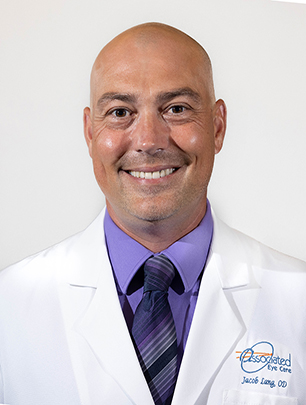Dry Eye Disease

Dry Eye
Are you struggling with dry, irritated eyes that won't go away? You may have dry eye disease, a chronic condition that often requires treatment to find relief.
The dry eye specialist, Dr. Lang, at Associated Eye Care uses thorough testing to construct personalized treatment plans that address the root cause of your dry eye disease and restore comfort.
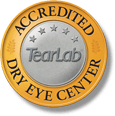
What is Dry Eye Disease?
Dry eye disease is a condition where your eyes are not producing enough tears, or the quality of the tears produced is too poor to lubricate your eyes properly. A healthy tear film should maintain a good balance of water, oil, and mucus.
However, if your tears lack one of these components, they can evaporate too quickly, leading to dryness and discomfort. The most common cause of dry eye disease is Meibomian gland dysfunction (MGD), where the glands in your eyelids are blocked and unable to secrete oil into the tear film.
dry eye disease brochure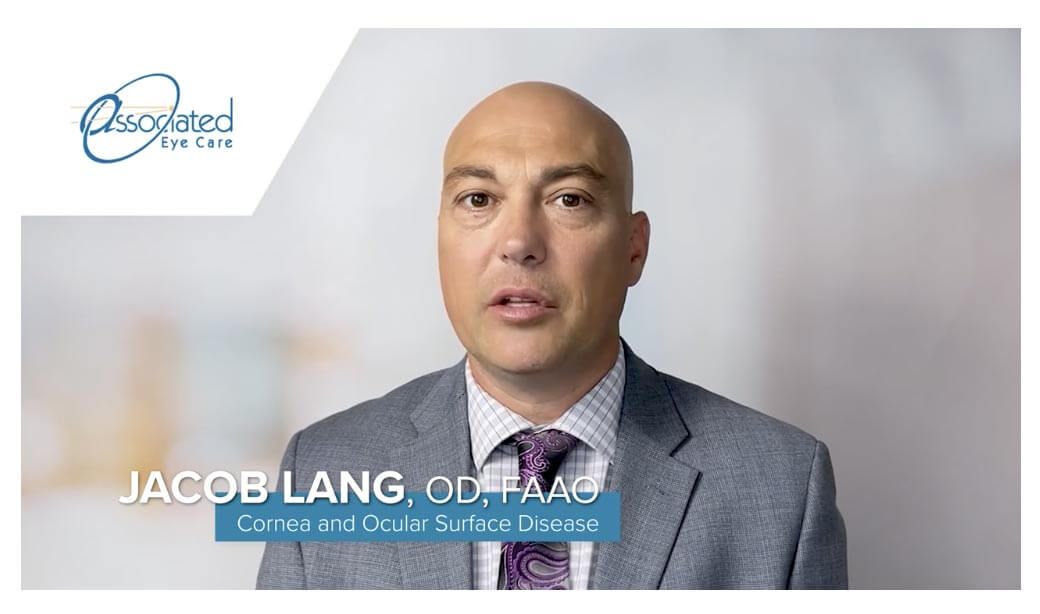
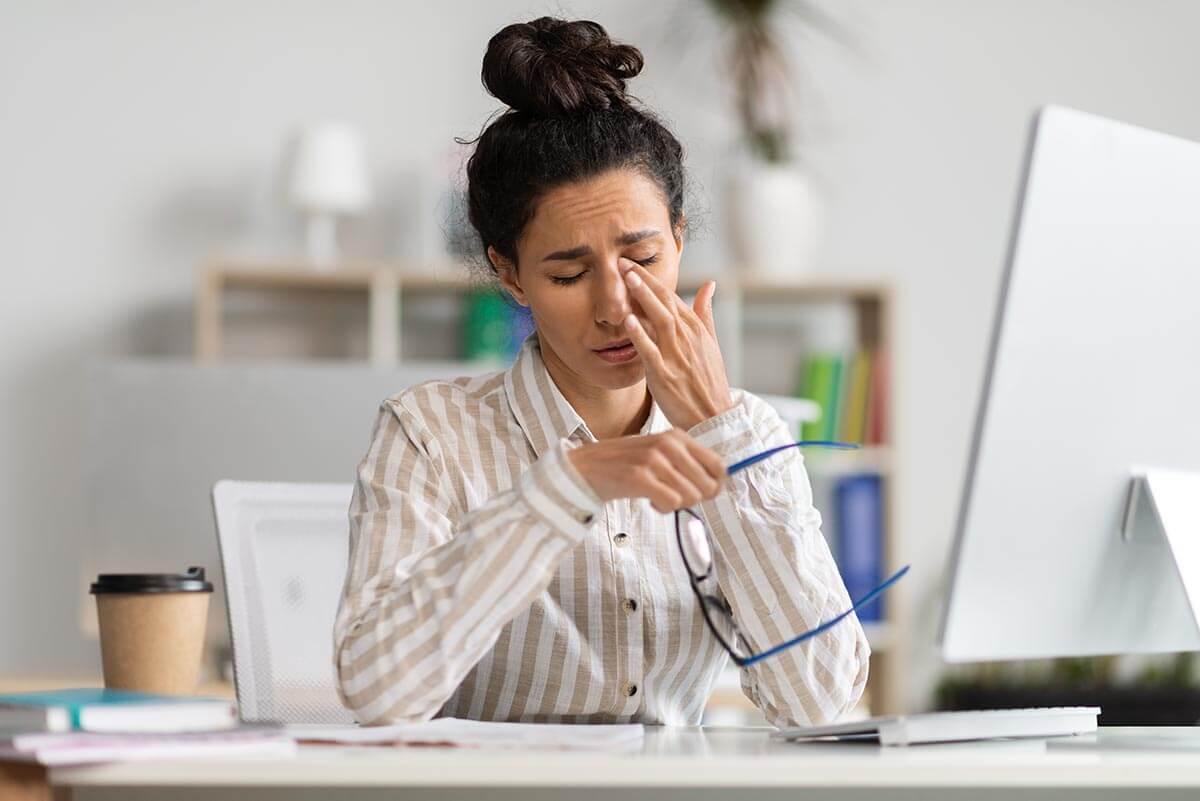
What are the Symptoms of Dry Eye Disease?
Dry eye disease often presents with many frustrating symptoms, including:
Dry, irritated eyes
Redness
Stinging or burning sensation in the eyes
Mucus in or around the eyes
Excessively watery eyes
Blurry vision
Eyelid heaviness
Discomfort wearing contact lenses
Symptoms tend to worsen later in the day or in conditions of wind, heat, and low humidity.
Check if you’re experiencing symptoms of dry eye and discover how our treatment can help relieve the symptoms.
take our dry eye self-testHow is Dry Eye Disease Diagnosed?
If you're experiencing symptoms of dry eye disease, you can schedule an evaluation with your eye doctor at Associated Eye Care. They will contact specialized testing to identify the root cause of your dry eye symptoms and provide personalized treatment recommendations.
To prepare for your appointment, please:
Do not wear any makeup, contact lenses, sunscreen, or facial creams to your evaluation
Do not use any ointments or gels around your eyes the night before
Do not use any prescription eye drops or rub or touch your eyes for 2 hours before testing
Do not use vaseline or oily cleansers to remove your eye makeup
Do not use any lubricating eye drops on the day of your testing

Associated Eye Care is proud to offer advanced dry eye disease testing technology, including:
Meibography and Tear Film Imaging
Meibography and tear film imaging involves using the tearcheck system to capture images of the tear film and meibomian glands of your eyes. This provides valuable information, including your tear film's oil content and quality, the function of your meibomian glands, and the health of the ocular surface.
ScoutPro Osmolarity System
The ScoutPro Osmolarity system can measure the content of your tears. This can help with the early detection of dry eye disease and assessment of the tear film quality.
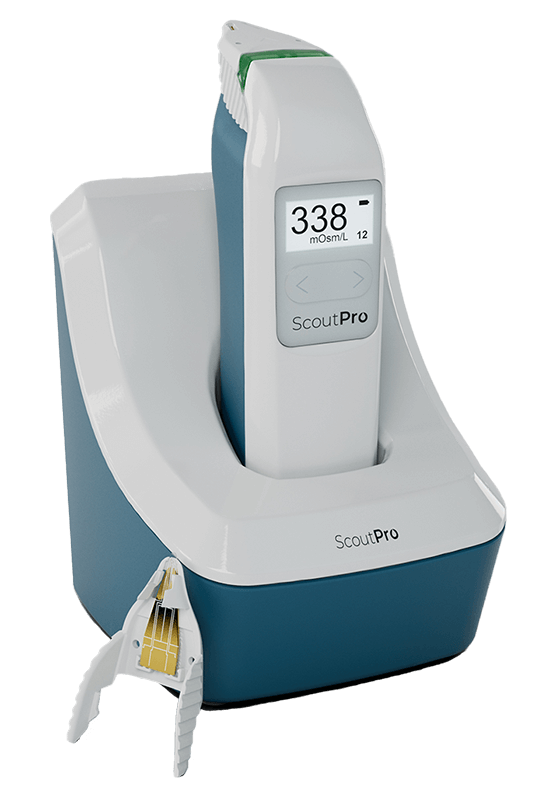
How is Dry Eye Disease Treated?
Once you have been diagnosed with dry eye disease, your eye doctor may recommend one or more treatments depending on the severity and cause of your condition, including:
Artificial Tears
The first line of treatment for dry eye disease is often artificial tears. They can be purchased over-the-counter at most pharmacies or through Associated Eye Care at the AEC Online Marketplace.
Rather than using them in response to acute symptoms, your eye doctor will likely recommend a regular application schedule of two to six times per day.
It may take several weeks before you notice significant improvement. You may also require preservative-free artificial tears if you notice irritation from eye drops.
If your dry eye symptoms are more severe, your eye doctor may recommend using thicker ointments or gels instead of artificial tears to preserve moisture in the eyes.
Lifestyle Changes
Some dry eye disease symptoms can be improved through certain lifestyle changes, such as using a humidifier in dry areas, applying a warm compress or microwavable heat mask, or supplementing your diet with omega-3 fatty acids. Omega-3 fatty acids can be found in foods like salmon, herring, flaxseeds, chia seeds, and walnuts.
However, supplements around 2000-4000 mg can be taken daily for maximum benefits. Make sure to discuss any new supplements or medications with your eye doctor or primary care provider before adding them to your diet.
TearCare System
If MGD is causing your symptoms, the TearCare System is a treatment that can help rebuild a healthy tear film. It uses gentle pressure and heat to release the oils within your Meibomian glands.
This can help prevent your tears from evaporating too quickly, ensuring your eyes stay moisturized and comfortable. Taking only about 10 minutes to complete, this non-invasive treatment is done in-office using SmartLids devices.
You may need repeat treatments to maximize the effects of TearCare, but results often last for six months to a year.
Intense Pulsed Light (IPL)
Intense pulsed light (IPL) treatments help unblock Meibomian glands, reduce inflammation, and remove abnormal blood vessels using targeted light pulses. This helps improve the quality of your tear film and lessen dry eye symptoms.
While the number of treatments needed depends on the severity of your dry eye disease, most patients require a minimum of 4 treatments for IPL to be effective.
Punctal Occlusion
Tiny permanent or temporary plugs can be placed within the punctum or tear drain of the eye to prevent tears from leaving the eye and preserve moisture.
Autologous Serum Eye Drops
Autologous serum eye drops are an advanced treatment that involves using your own blood serum to make eye drops that are rich in nutrients and healing properties.
Amniotic Membrane
Amniotic membrane treatment involves employing the anti-inflammatory and healing properties of the placenta to initiate rapid healing of the ocular surface.
Do you want to discover whether you have dry eye disease and learn about treatments that could help you find relief?
at Associated Eye Care today!

